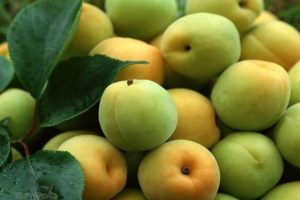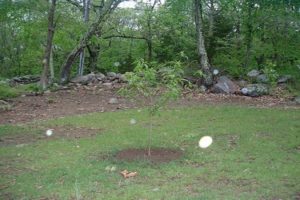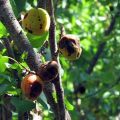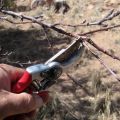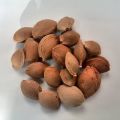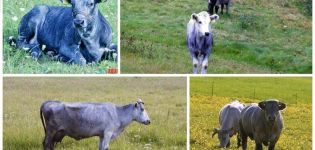Characteristics of the Dessert apricot variety, description of the growing regions and pollinators
The peculiarity of the northern variety of Apricot Dessert is that, despite not the most favorable growing conditions, its fruits are large and tasty. This variety cannot be found in the register of fruit trees of the Russian Federation, although the famous breeder Ivan Vladimirovich Michurin made efforts to work on it. The scientist worked painstakingly to improve the variety of seeds that came to him in 1925. The predecessors of Dessertnoye were the Best Michurinsky and Comrade varieties.
Description of the variety Dessert
The end result of natural pollination with a mixture of pollen from the Best Michurinsky and Comrade sapling Louise - a widespread variety in Western Europe, a dessert apricot variety was developed at the Voronezh Agricultural Institute. The selection, which presented the large-fruited, winter-hardy Desertny variety to the gardeners of the Central Black Earth Region, was carried out by A. N. Venyaminov and L. A. Dolmatova.
A description of the apricot tree variety will help plan maintenance work. Despite the fact that Dessert Apricot does not require special conditions, the measures for the formation of the crown in the first 2-3 years after planting should be systematic. After planting, the seedling of a winter-hardy apricot, its outer part, cannot exceed 80 cm from the surface of the earth.
Characteristics of the tree and fruit
The tree can exceed 5 meters in height. The rounded, wide crown is prone to thickening, so that the fruits on the lower branches receive enough light, the crown has to be thinned periodically. Fruiting begins in the fourth year, after the apricot seedling is planted in a permanent place.
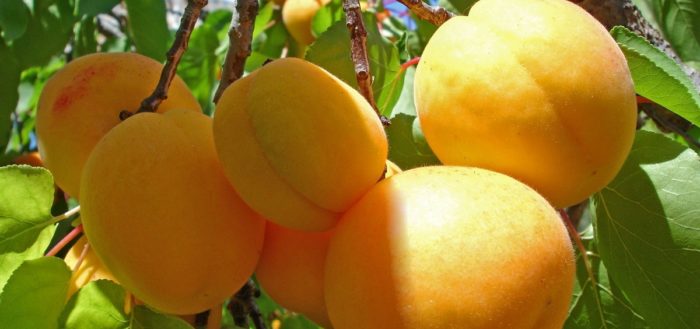
The variety, showing itself as unpretentious in the climate of the northern regions, refuses to bear fruit in the south. This is due to the fact that during a thaw, the buds quickly awaken, but die when the frost returns.
Attention! The fruit tree of the Dessertny apricot variety does not tolerate the thaw.
In regions where snow falls before the ground has time to freeze, the fruit tree may die due to pre-warming, followed by decomposition of the bark and cambium. In central Russia, Dessert apricot can take root if the climate of the region is ideal for fruiting cherries, plums, plums. One cannot promise a 100% result on the survival rate of a seedling, as well as on obtaining a crop.
Fruits of young trees often reach a weight of 50 g, the yield of mature plants consists of 30 g of apricots.

Dessert Apricot Fruit:
- juicy aromatic pulp (medium density);
- the skin is thin velvety;
- sweet taste with pleasant sourness;
- ripe fruit of light yellow color;
- symmetric;
- the bone is large, easily separated.
Dessert harvest takes place at the end of July, beginning of August. It is impossible to keep it fresh (in the refrigerator) for more than one week. Soft fruits are stored in a marketable form for no more than 4 days. During transportation, neither presentation, nor taste is lost. The variety is self-pollinated; for its fruiting, you do not need to plant a pollinator apricot nearby.
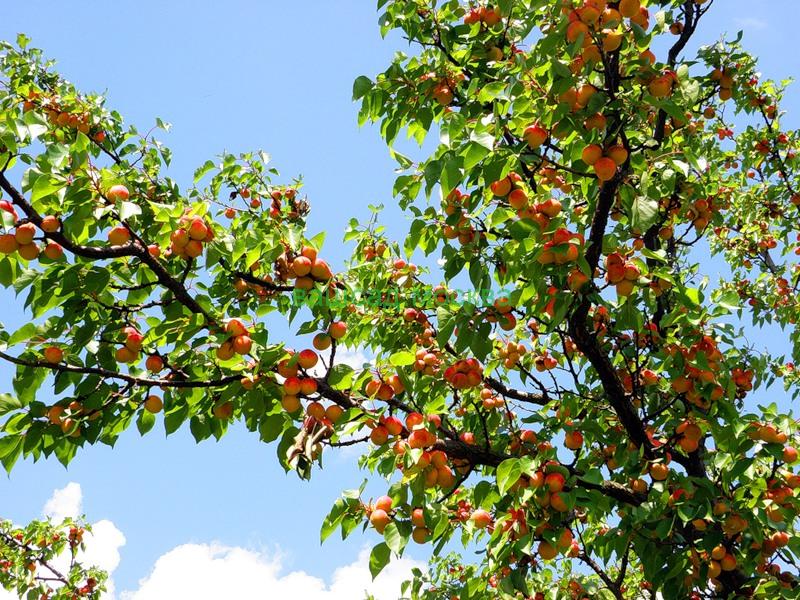
Variety characteristics:
- begins to bear fruit in the 4th year after planting in a permanent place;
- in the conditions of regions with stably cold winters, the plant does not threaten the bark of the plant;
- high immunity to diseases.
Provided that it is adjacent to winter-hardy varieties of apricots on the plot, the yield of Dessertnoye only gets better, acquiring the best qualities inherent in the neighboring plant. In this case, there is no question of preserving the purity of the variety, but the harvests, according to the testimony of gardeners, are increasing.
Features of planting and care
Gardeners acquire the best planting material in nurseries at institutes, academies of agriculture. It is easier to take root seedlings 1-2 years old, grown in climatic conditions similar to the place of the intended planting.
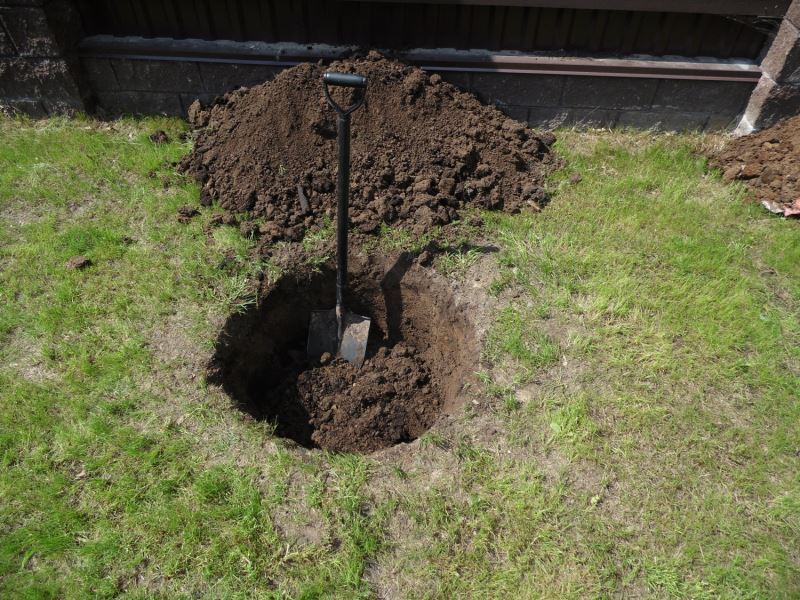
Stamp formers - roots packing, not removable. A root system wrapped in a net is considered open. Its growth can be stimulated with special formulations. To do this, soak the root system in the solution for 12 to 24 hours. Growth stimulants suitable for processing apricot roots before planting are "Kornevin", "Epin", "Heteroauxin".
Mid-autumn - preparation of planting holes:
- size 70 cm3;
- one third is filled with drainage - crushed stone, gravel, pebbles;
- installation of orientation pegs;
- backfilling the rest of the pit space with a mixture of the selected soil with fertilizers.

Attention! Ash, humus, peat are used to improve the quality of the land. This is especially important for areas with loamy dense soils. The proportion of ash to the rest of the ingredients for improving the land depends on the quality of the soil on the site.
Diseases and pests
The resistance of the Apricot variety Dessertny to all diseases is great, but still it can be struck by:
- Moniliosis. Rotting flowers, brown petals or the appearance of gray rot on fruits are usually preceded by a warm winter. The fungus, which is the causative agent of this disease, dies in frost.
- Gnomoniosis. Brown spots on the leaves are only the first manifestations. Ultimately, this threatens with a complete loss of yield, unripe fruits begin to dry out and fall off. "Secator", copper sulfate and "Nitrafen" are mandatory remedies for the first manifestations of the disease.
- Clasterosporium disease. The holes in the leaves are the scourge of drupes. These are only the first signs of a fungal disease. At a later stage, growths appear on the trunk, oozing with gum.
For your information: the cause of the formation of perforation on the leaves can be bacteria, burns with chemical compounds, damage by insects. The most dangerous pests for apricot trees are insects - aphids, leafworm.
